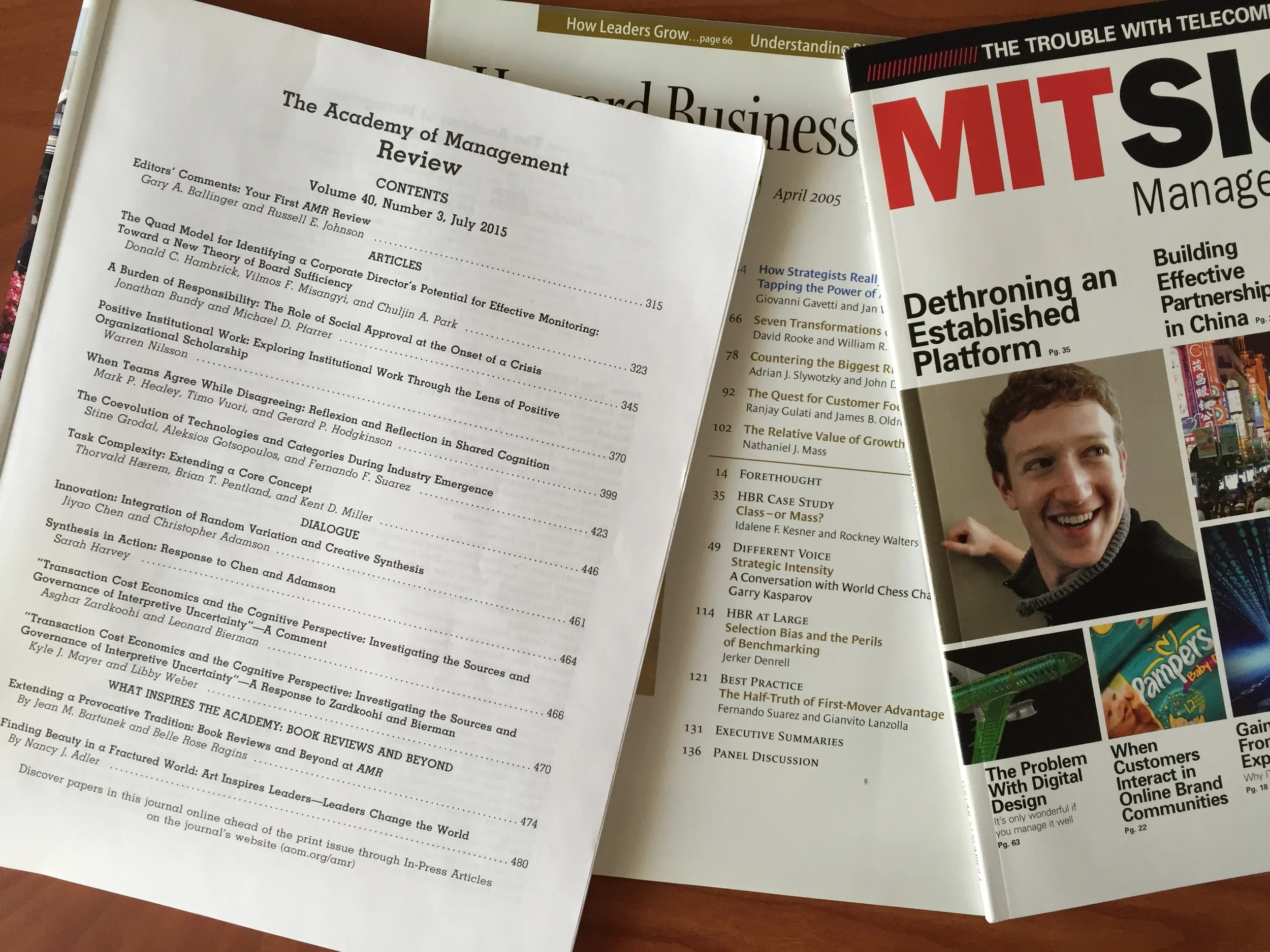“Familiarity, Creativity, and the Adoption of Category Labels in Technology Industries”
/Organization Science, 2019, vol. 30(1): 168-190 (with Diego Zunino and Stine Grodal)
The literature on technology management has increasingly focused on the socio-cognitive elements of the industry life cycle. One of these elements, category labels (words, in most cases) and its role in shaping market understandings, has recently become of interest to scholars. As industries evolve, stakeholders generate a plethora of category labels. However, we know relatively little about why some category labels are used repeatedly, while others are abandoned.Drawing on semantic networks theory, we argue that the familiarity and creativity of category labels drive their adoption. We hypothesize that low levels of familiarity hinder comprehension, but too much familiarity increases the cost of obviousness. Likewise, low levels of creativity do not trigger curiosity, while too much creativity spurs dissonance. We use two methods to address these hypotheses. First, we study the early smartphone industry, finding support for an inverted U-shaped relationship between both the familiarity and creativity of category labels and their adoption, even after controlling for alternative explanations, such as technology and design characteristics. Second, we find consistent results through two online experiments that broaden the scope of our study and address potential endogeneity concerns in our field data. Our paper expands the literature on the evolution of technology industries by showing that familiarity and creativity are distinct dimensions that influence the socio-cognitive dynamics of an emerging industry. We also contribute to the categorization literature by theorizing about the contestation that occurs among category labels and providing empirical evidence of the factors that affect their adoption.


